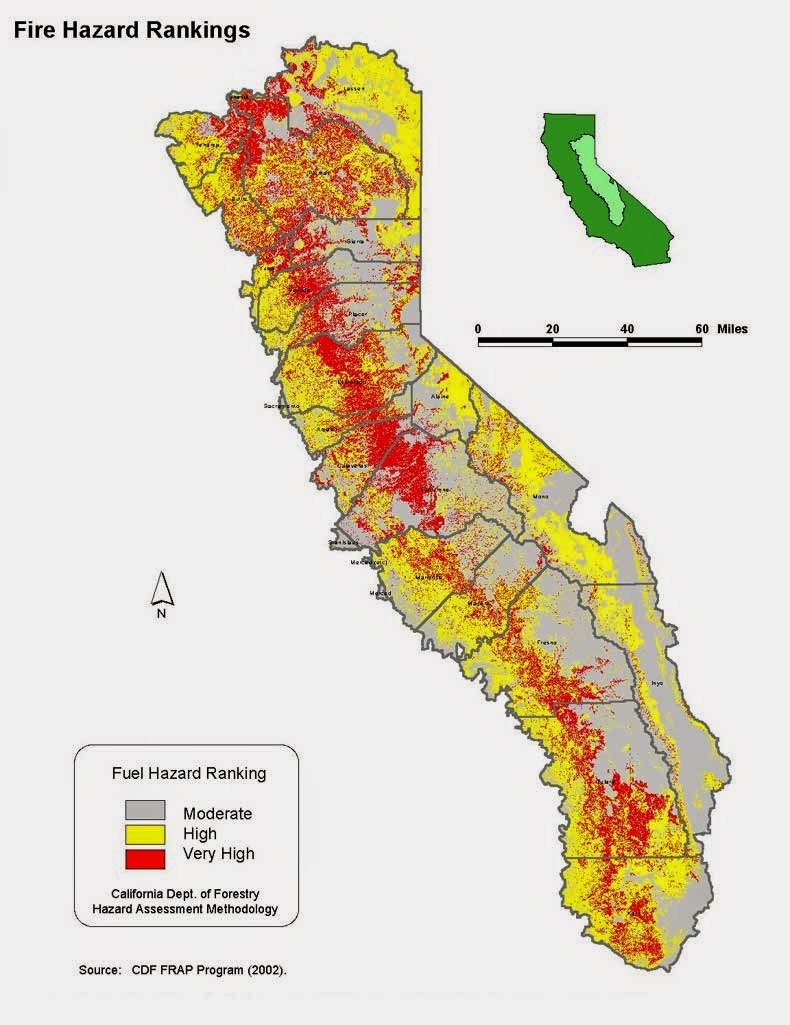 A gyre is a large, circular ocean current system that often encompasses an entire ocean basin. Prevailing winds create them. For example, in the North Atlantic oceans, the dual action of the tropical trade winds blowing to the west, and the westerlies blowing to the east establishes a clockwise gyre.(http://oceanservice.noaa.gov/education/kits/currents/05currents3.html)
A gyre is a large, circular ocean current system that often encompasses an entire ocean basin. Prevailing winds create them. For example, in the North Atlantic oceans, the dual action of the tropical trade winds blowing to the west, and the westerlies blowing to the east establishes a clockwise gyre.(http://oceanservice.noaa.gov/education/kits/currents/05currents3.html)2) How does ENSO affect climate on land?
El Niño alters global air currents, directing unusual and possibly dangerous weather to areas that are far from the tropical pacific. In the east, cool, dry air normally descends with high pressure and little rainfall, whereas in the west, warm, moist air rises, creating low pressure and heavy rainfall, but El Niño changes the weather in the way that, the west changes to descending air causing high pressure and warm, dry weather, and the east becomes rising warm air creating low pressure and heavy rainfall.
3) Relate the locations of earthquakes and volcanoes to plate tectonics.
 Most earthquakes occur along fault lines, which are fractures where the earth moves, usually found along plate boundaries. Volcanoes occur mostly when tectonic plates move against the hot, soft rock of the asthenosphere. When a plate slides away from an adjacent one, it allows magma to rise to the surface, becoming lava. When plates spread apart, they also create volcanoes.
Most earthquakes occur along fault lines, which are fractures where the earth moves, usually found along plate boundaries. Volcanoes occur mostly when tectonic plates move against the hot, soft rock of the asthenosphere. When a plate slides away from an adjacent one, it allows magma to rise to the surface, becoming lava. When plates spread apart, they also create volcanoes.4) Californians suffer from horrific droughts that cause brush to dry and easily catch fire, and it is not at all uncommon to hear many tales about fires in California. During ENSO, California and other places that are typically dry or dryer than, say, India in monsoon season, like Arizona, Western Europe, Peru and Ecuador, experience heavier rains, and in particularly strong ENSO seasons, like the 1997-98 ENSO, torrential rains flood these places, which is a nice contrast to Californian dryness. (http://ww62.js.mysmalldiary.biz/)
No comments:
Post a Comment